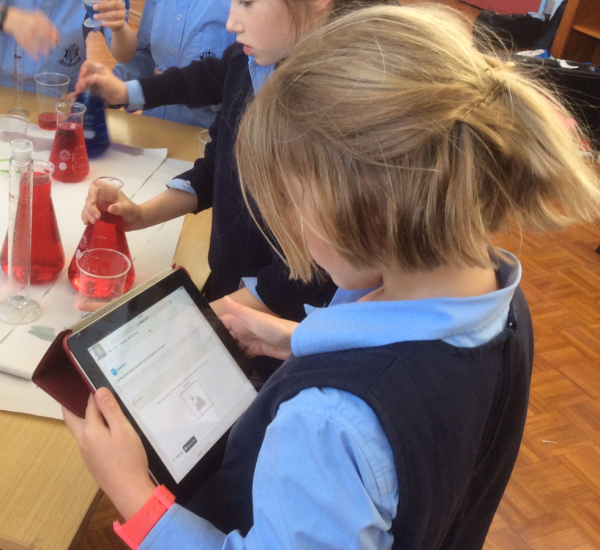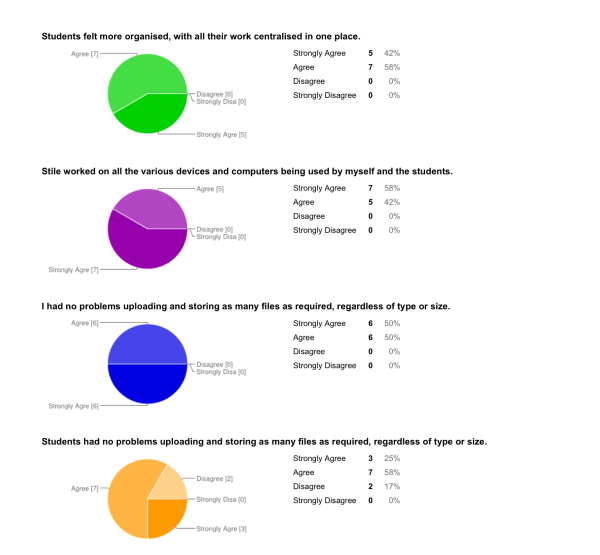For some time we have been considering how schools can innovate their learning spaces. I must stress here that while we are talking here about changing our spaces what we are really talking about is changing, or adapting, our pedagogy to the changing needs of students, teachers and the community in general.
This was my blog entry in May 2013: A Different Direction – Thinking about learning spaces.
https://rhp123.wordpress.com/2013/05/20/a-different-direction-thinking-about-learning-spaces/
When I attended the Edutech Conference in June this year I had the pleasure of listening to a couple of educators talking about how their school had started to think about innovating their learning spaces.
“A couple of the leadership team from Margaret River Primary School told a compelling story. Their presentation started with a parody which set the mood for their entertaining presentation. The learning environment that they have created, at Margaret River, was really engaging and exciting. Their simple incorporation of Caves, Waterholes, Campfires and Mountain Tops as a natural part of the learning environment was impressive. Some great ideas from these inspired educators.”
From my earlier blog entry: Two Days in Brisbane – Edutech 2014 https://rhp123.wordpress.com/2014/06/09/two-days-in-brisbane-edutech-2014/
Also visit Margaret River Primary here: http://mriverps.wa.edu.au
We have also been very interested in the work of Stephen Harris (Northern Beaches Christian School). https://dl.dropboxusercontent.com/u/29167837/Edutech%20Brisbane%202013_Harris.pdf
Additionally we have had the opportunity to visit a number of schools to look at learning spaces. Some of these were independent visits and others via http://cefpi.org.au.
These visits inspired this post: Two Different Learning Space Concepts
https://rhp123.wordpress.com/2014/06/19/two-different-learning-space-concepts/
And also Exploring Spaces – Lite: https://rhp123.wordpress.com/2013/08/02/exploring-spaces-lite/
We have also met regularly throughout the last couple of years with a small group from our school community to discuss innovation. We had discussed the idea of sandboxing a space / spaces ahead of a more general redesign / building program. The basic rationale for this is described below.
“A sandbox is a place where you have the power and control to quickly iterate and gather feedback that you can use to grow your established business. A familiar concept to software developers, it’s an isolated environment that you can update quickly and where you don’t have to worry about breaking anything. Beyond merely a test framework on top of your existing site, this is a completely separate space that might share content and functionality with your main site but which can be experimented with and run independently from your main site, with you and your marketing team in charge. It might look a little different and it might work a little different, but it’s still your business underneath. You get to dictate the priorities, you get to dictate the pace and you get to fail fast.”
(Ref: http://www.wizecommerce.com/thinking-lean-marketing-team-sandbox/#sthash.2L27dX5V.dpuf )
In many ways this isn’t a new concept we have used the idea before in our initial iPad trial where we tested the iPad in our environment and then resolved issues prior to a much wider application.
All of this has culminated in a meeting with a company – Furnware
http://www.furnwareaus.com.au/furnware%20showcase
We intend trialling some furniture in both an Infant and Primary classroom to see how we can innovate our learning spaces. We recognise that different age groups require different environments so we have elected to trial in Year K and Year 6. Furnware will help us in the process of design. We have asked Furnware to look at the two spaces (double classrooms) and suggest ideas based on their experience. We will then use these ideas to help formulate our own design in consultation with teachers. In the case of the space for the Primary invention involving the children in the design process will also be important.
In the spirit of the ‘Sandbox’ we accept that some things will work really well and that others won’t and we hope that we will invent spaces in the future which will reflect this learning.






